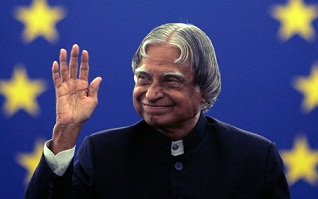
SHILLONG, JULY 27: A pall of gloom descended over Shillong and the nation as India’s most popular former president APJ Abdul Kalam died on Monday evening at Shillong’s Bethany hospital. The former president was rushed to the hospital after he collapsed in Indian Institute of Management in Shillong where he had come to deliver a lecture. He was 83 years old.
Kalam, who was often referred to as the ‘people’s president’ during his tenure as the president of India between 2002 to 2007, reportedly suffered from cardiac arrest.
Doctors from the army hospital and North Eastern Indira Gandhi Regional Institute of Health and Medical Sciences (NEIGRIHMS) rushed to Bethany hospital.
Governor V Shanmughanathan, Speaker Abu Taher Mondal, Home Minister Roshan Warjiri, Chief Secretary PBO Warjri and DGP Rajiv Mehta rushed to the hospital.
Meghalaya chief secretary PBO Warjiri told reporters outside the hospital that he had spoken to union home secretary LC Goyal asking for necessary arrangements to be made for carrying Kalam’s body from Guwahati to Delhi Tuesday morning.
As news spread of Kalam’s death across the state, people were taken aback as many could not believe that he passed away, that too in Shillong. However as the credibility of the news was established many went into a state of gloom which only goes to show his popularity even after he demitted the highest constitutional office of the country.
Kalam had visited Shillong many times. His first visit to NEHU convocation after he took over as president of the nation is still remembered by many. He immediately struck cord with everybody and was a great hit, especially with the students’ community.
Born in October 15, 1931, Abdul Kalam, was an acclaimed Indian scientist who served as the 11th president of India. Kalam was born and raised in Rameswaram, Tamil Nadu and studied physics and aerospace engineering.
Kalam spent the next four decades as a scientist and science administrator, mainly at the Defence Research and Development Organisation (DRDO) and Indian Space Research Organisation (ISRO) and was intimately involved in India’s civilian space program and military missile development efforts.
During his tenure in ISRO he came to be known as the ‘Missile Man of India’ for his work on the development of ballistic missile and launch vehicle technology. He also played a pivotal organizational, technical and political role in India’s Pokhran-II nuclear tests in 1998, the first since the original nuclear test by India in 1974.- By Our Reporter







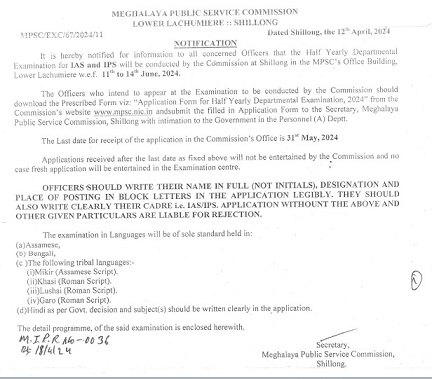




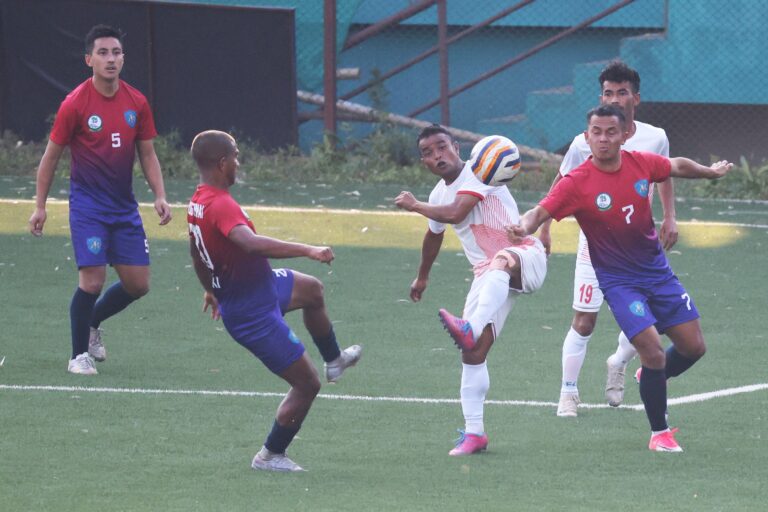

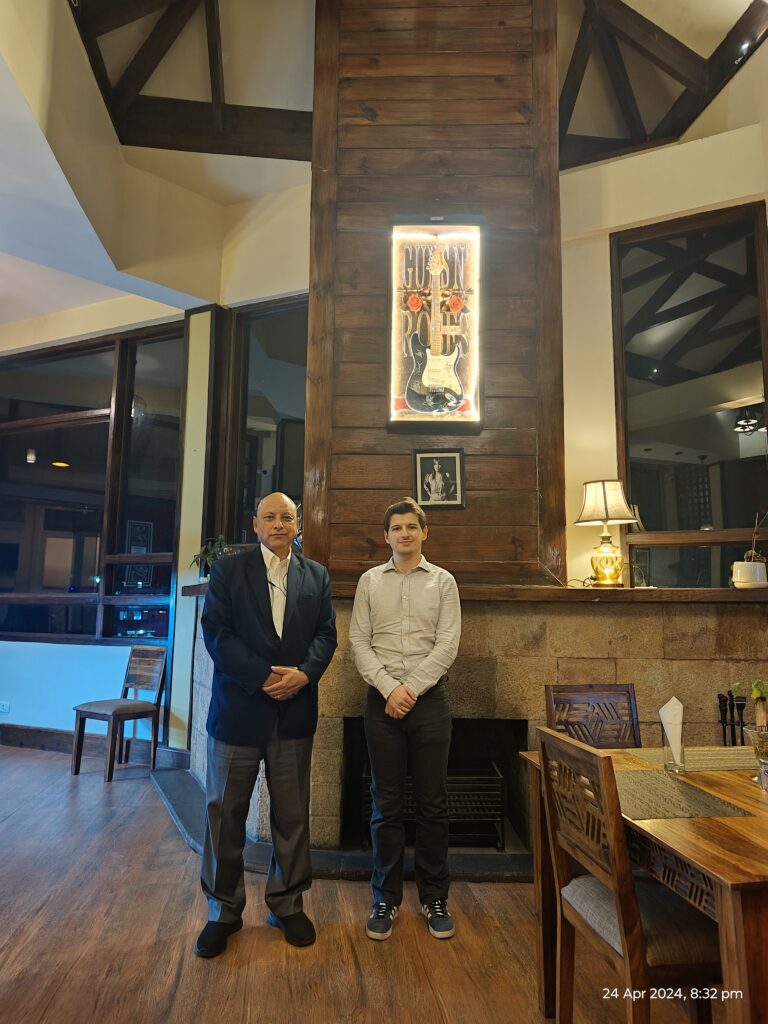
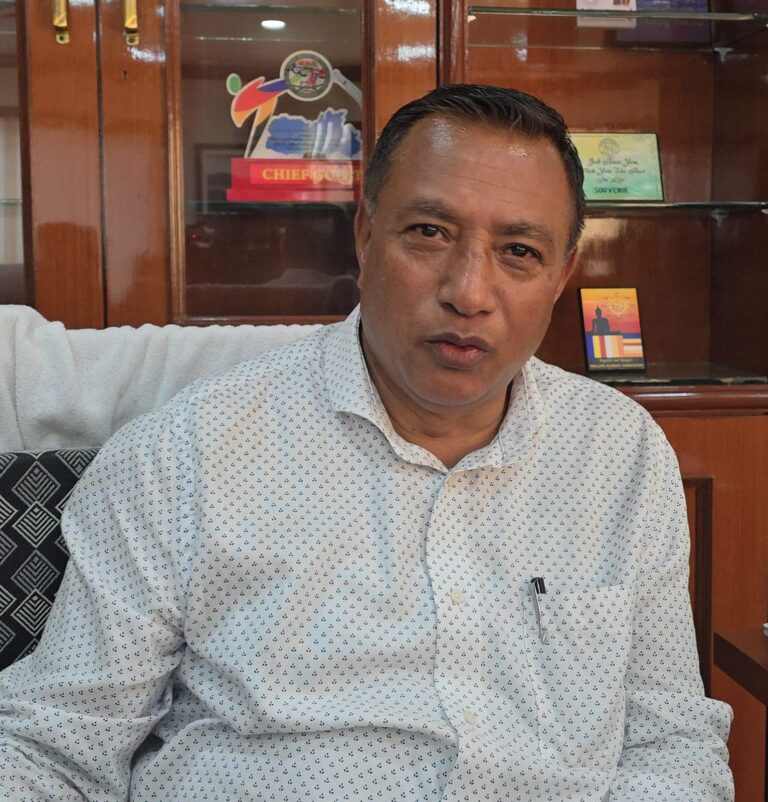
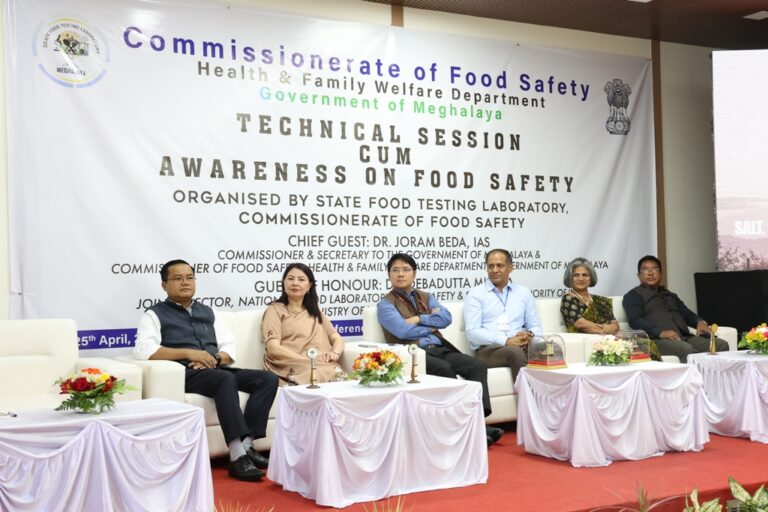
+ There are no comments
Add yours